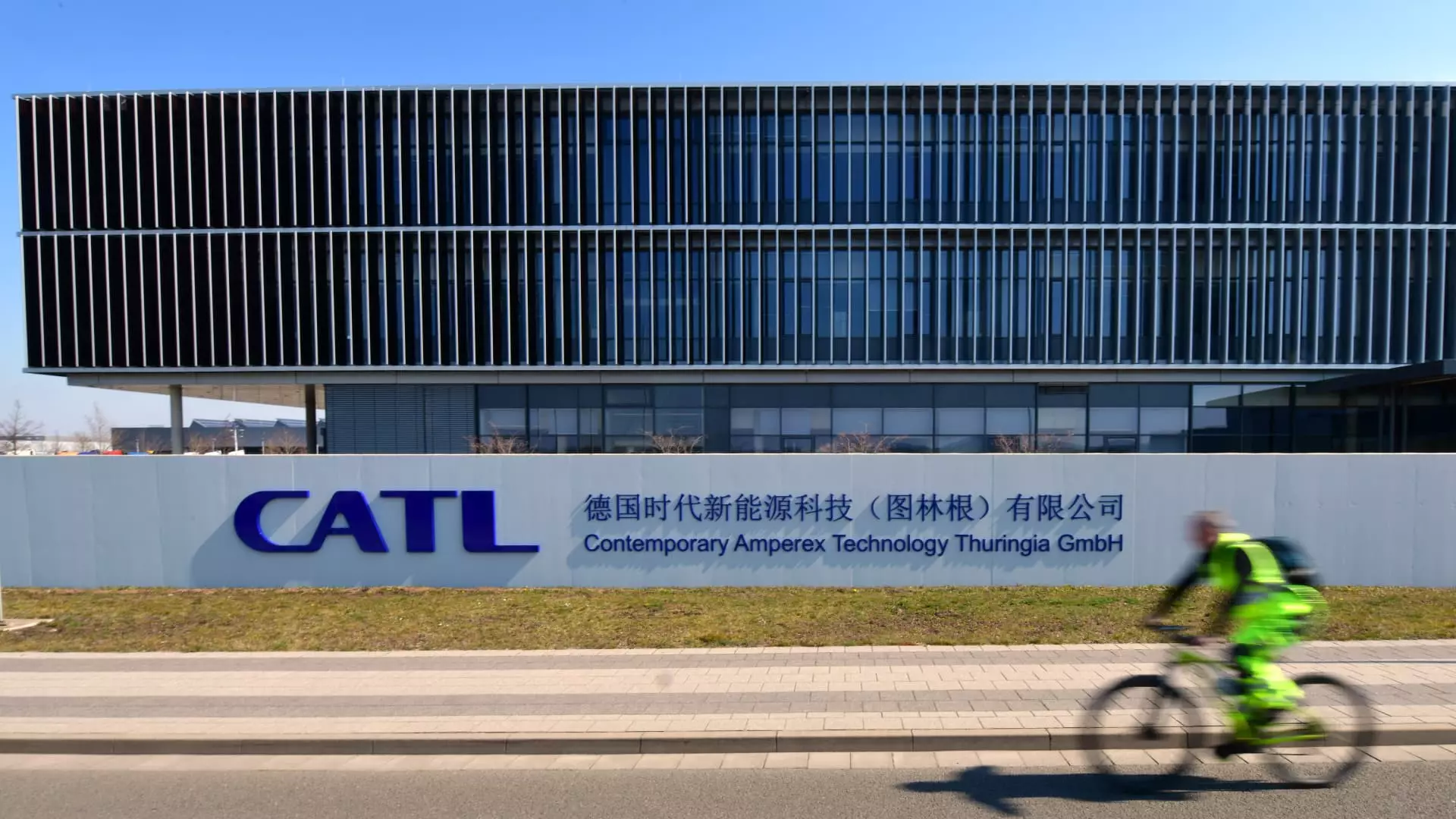Contemporary Amperex Technology Co. Ltd. (CATL), the dominant force in the global battery manufacturing sector, recently reported a surprising 9.7% decline in annual revenue. This revelation serves as a stark reminder that even industry leaders can falter in turbulent economic climates. With revenues reaching 362 billion yuan (approximately $50.01 billion) in the past year—significantly below expectations—CATL’s downturn marks its first revenue drop since it began public reporting in 2015. This dip is particularly alarming as it reflects the increasing price competition in China’s rapidly evolving electric vehicle (EV) market, a sector where CATL is arguably the heartbeat.
Profit Amidst Struggles
Interestingly, while the company faced a decline in revenue, its net profit demonstrated a solid increase of 15%, totaling 50.74 billion yuan. This dichotomy raises questions about the sustainability of CATL’s profit margins in the face of a price war—could profitability be a fleeting success, or is it a sign of resilience? Investors are likely to remain circumspect, especially amid the volatile dynamics that characterize the current EV landscape. With a listing on the Hong Kong stock exchange on the horizon, anticipated to raise a whopping $5 billion, all eyes are on CATL to see how it navigates both its challenges and opportunities.
Electric Vehicle Market: A Double-Edged Sword
The electric vehicle market in China has seen explosive growth, with sales surging by 40% year-over-year, reaching a staggering 11 million vehicles in 2024. This boom is buoyed by state subsidies and consumer incentives designed to promote greener transportation. Yet, this rising consumer demand exists in a complicated landscape where price competition drives margins down and ignites fierce rivalries. CATL holds an impressive 45% market share of EV battery installations, serving high-profile clients like Tesla and Volkswagen. However, as more players enter the market equipped with innovative technologies, CATL’s dominance could be increasingly jeopardized.
Geopolitical Challenges and Global Ambitions
Adding to its woes, CATL faces geopolitical hurdles as evidenced by the U.S. Department of Defense’s designation of the company as a “Chinese Military Company.” This classification disallows the procurement of its goods by the U.S. military, potentially crippling future opportunities in an increasingly nationalistic global market. Furthermore, uncertainties about tariffs exacerbate CATL’s operational risks, exposing the vulnerabilities that come with a global business model. Even as CATL expands internationally with battery plants in Hungary and joint ventures in Spain, these geopolitical headwinds create a precarious balancing act between growth and regulatory compliance.
Future Outlook: Potential or Pitfall?
While CATL’s narrative is punctuated by impressive metrics, the revenue decline cannot be dismissed lightly. The company must adapt to shifting market dynamics and combat increasing competition while addressing the geopolitical challenges that loom overhead. The future of CATL lies in its ability to innovate and respond to both domestic and international pressures. Investors, stakeholders, and the electric vehicle community must watch closely as CATL navigates these turbulent waters, testing the limits of its influence in the global battery landscape.

